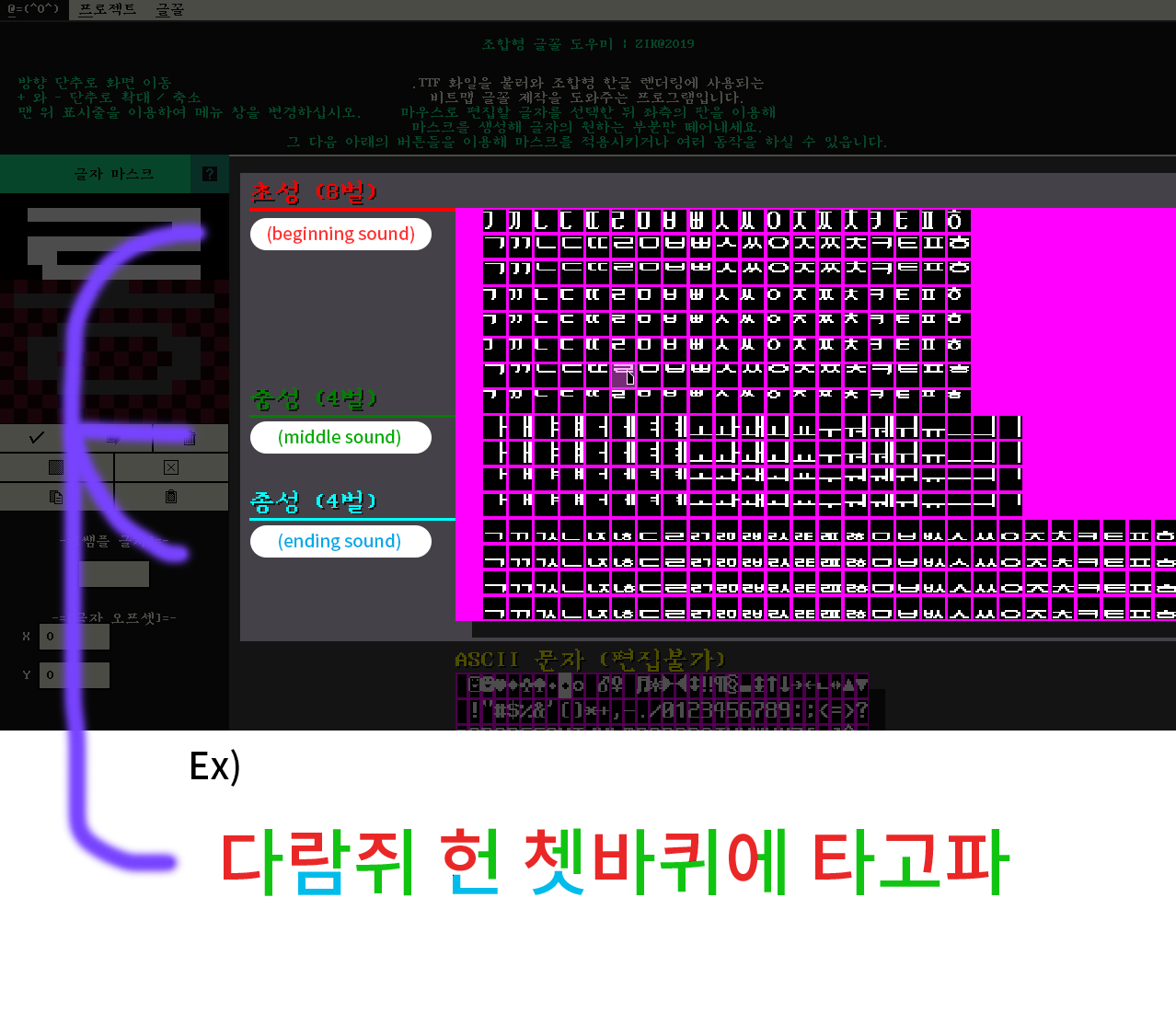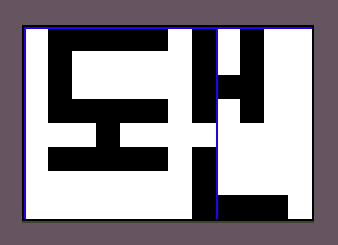Thank you for sharing your idea on how to allow Korean text to be used! I have discussed this in the official GB Studio server before, but reading your comment, I realized it is possible!
Unfortunately, there's no way to divide Hangul characters into their individual letters in the software I'm using (Clickteam Fusion). I tried asking the CTF community, but they said such thing most likely doesn't exist. I could however allow the individual letters to be used, but that wouldn't look good. Do you happen to know a way to make it work without having to code in 2000+ characters.



